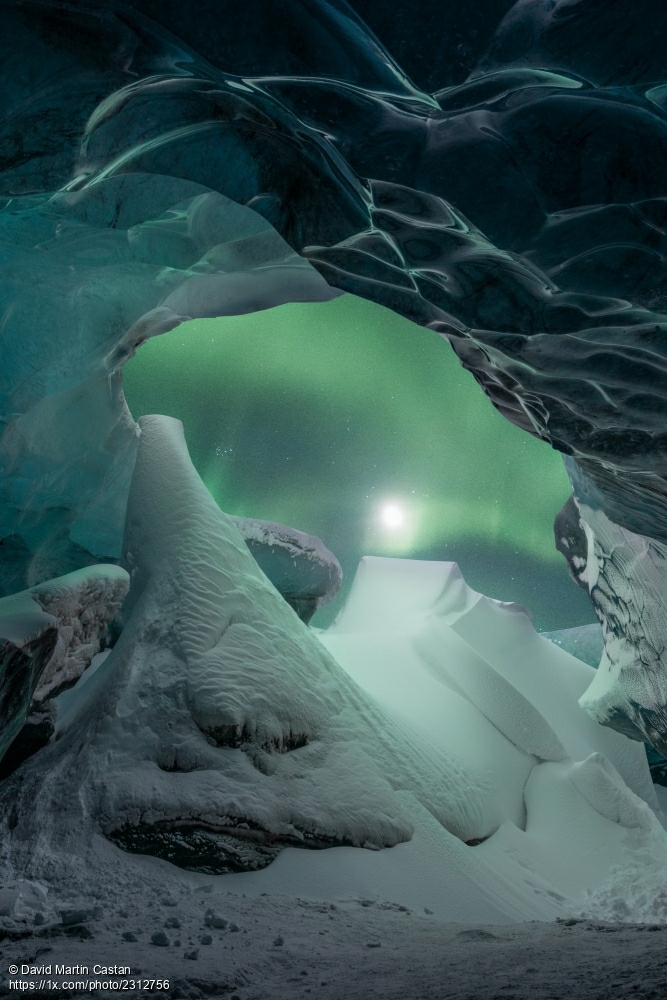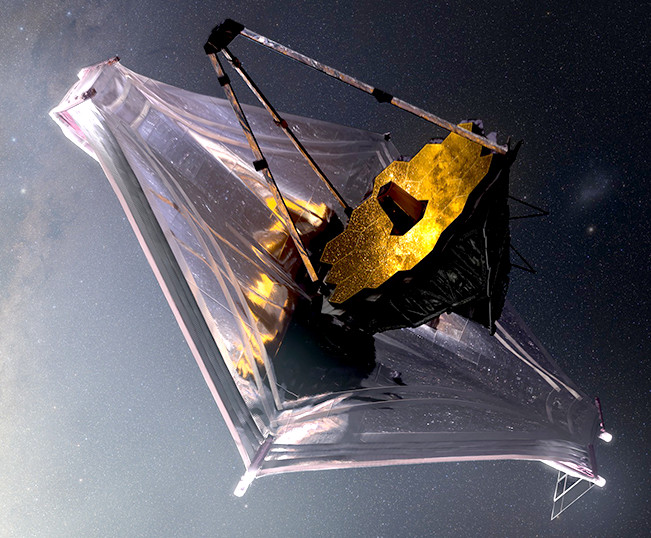#stars

#Stars, #Dust, #Pillars, and #Jets in the #PelicanNebula
#Astronomy #Picture of the Day

#StarForming Region #NGC3582 without #Stars
#Astronomy #Picture of the Day

The Cave' by David Martin Castan https://1x.com/photo/2312756/latest/all… #cave #ice #night #fullmoon #landscape #Auroraborealis #stars
https://twitter.com/1x_com/status/1570697929593344002?s=20&t=RUf_VXSVWt5hoStcoGHLrQ
'The Cave' by David Martin Castanhttps://t.co/DvZtgNoU3m #cave #ice #night #fullmoon #landscape #Auroraborealis #stars pic.twitter.com/aWgcNhorUv
— 1x.com (@1x_com) September 16, 2022

#Tarantula #Stars #R136 from #Webb
#Astronomy #Picture of the Day
https://www.youtube.com/watch?v=AWDFfSbHQhE
Science of #Light #Wisdom From The #Stars #Nakshatra #Cards
#astronomy #stars #RunawayStar #BowShock #ZetaOphiuchi An article accepted for publication in the journal "Astronomy and Astrophysics" reports a study on the star Zeta Ophiuchi, a so-called runaway star that became famous even beyond the field of astronomy for its bow shock, the enormous shock wave similar to the waves generated in the water by the bow of a ship.
https://english.tachyonbeam.com/2022/07/27/a-study-of-the-giant-bow-shock-of-the-runaway-star-zeta-ophiuchi/
First Pictures taken by James Webb telescope arrive on Earth
finally… all that wait is over… here come the first images of the $10 Billion telescope of almost 17 years of build time… (first design 1999, redesigned in 2005)
planned / expected mission time 10 / 20 years
GIMP color enhanced and sharpened version of https://webbtelescope.org/contents/media/images/2022/038/01G7JGTH21B5GN9VCYAHBXKSD1
Carina Nebula: GIMP color enhanced version of https://www.nasa.gov/image-feature/goddard/2022/nasa-s-webb-reveals-cosmic-cliffs-glittering-landscape-of-star-birth
Hubble vs JWST – Carina Nebula https://www.youtube.com/watch?v=ridiA7-i_XU
JWST combined the capabilities of the telescope’s two cameras to create a never-before-seen view of a star-forming region in the Carina Nebula. Captured in infrared light by the Near-Infrared Camera (NIRCam) and Mid-Infrared Instrument (MIRI), this combined image reveals previously invisible areas of star birth.
What looks much like craggy mountains on a moonlit evening is actually the edge of a nearby, young, star-forming region known as NGC 3324. Called the Cosmic Cliffs, this rim of a gigantic, gaseous cavity is roughly 7,600 light-years away. https://webbtelescope.org/contents/media/images/2022/031/01G781KB7TTZM1YTP855D46C1S
original here: https://webbtelescope.org/contents/media/images/2022/034/01G7DA5ADA2WDSK1JJPQ0PTG4A, (150MB TIFF), full res jpg (27MBytes) here https://dwaves.de/images/JamesWebbTelescope/2022-07-JamesWebb_Telescope_STScI-01G7DAXJYYTYXCFSB8VQRK5X2F.gimp-color-enhanced.jpg
The bright star at the center of NGC 3132, while prominent when viewed by NASA’s Webb Telescope in near-infrared light, plays a supporting role in sculpting the surrounding nebula. A second star, barely visible at lower left along one of the bright star’s diffraction spikes, is the nebula’s source. It has ejected at least eight layers of gas and dust over thousands of years. https://webbtelescope.org/contents/media/images/2022/033/01G70BGTSYBHS69T7K3N3ASSEB
https://webbtelescope.org/contents/media/images/2022/034/01G7DBCJA1M1SSGKDMH7F5XMBE
more pictures here: https://webbtelescope.org/news/first-images/gallery (<- for whatever reason also Hubble photos are in this gallery? (a bit confusing isn’t it?))
“James Webb Space Telescope hit by micrometeoroid”
Several thousand scientists, engineers, and technicians spanning 15 countries have contributed to the build, test and integration of the JWST.[142] (src: Wiki)
“fly save!”
#linux #gnu #gnulinux #opensource #administration #sysops #space #cosmos #telescope #star #stars #galaxy #universe
Originally posted at: https://dwaves.de/2022/07/12/first-pictures-taken-by-james-webb-telescope-arrive-on-earth/
First Pictures taken by James Webb telescope arrive on Earth
finally… all that wait is over… here come the first images of the $10 Billion telescope of almost 17 years of build time… (first design 1999, redesigned in 2005)
planned / expected mission time 10 / 20 years
GIMP color enhanced and sharpened version of https://webbtelescope.org/contents/media/images/2022/038/01G7JGTH21B5GN9VCYAHBXKSD1
GIMP color enhanced version of https://www.nasa.gov/image-feature/goddard/2022/nasa-s-webb-reveals-cosmic-cliffs-glittering-landscape-of-star-birth
original here: https://webbtelescope.org/contents/media/images/2022/034/01G7DA5ADA2WDSK1JJPQ0PTG4A, (150MB TIFF), full res jpg (27MBytes) here https://dwaves.de/images/JamesWebbTelescope/2022-07-JamesWebb_Telescope_STScI-01G7DAXJYYTYXCFSB8VQRK5X2F.gimp-color-enhanced.jpg
The bright star at the center of NGC 3132, while prominent when viewed by NASA’s Webb Telescope in near-infrared light, plays a supporting role in sculpting the surrounding nebula. A second star, barely visible at lower left along one of the bright star’s diffraction spikes, is the nebula’s source. It has ejected at least eight layers of gas and dust over thousands of years. https://webbtelescope.org/contents/media/images/2022/033/01G70BGTSYBHS69T7K3N3ASSEB
https://webbtelescope.org/contents/media/images/2022/034/01G7DBCJA1M1SSGKDMH7F5XMBE
more pictures here: https://webbtelescope.org/news/first-images/gallery (<- for whatever reason also Hubble photos are in this gallery? (a bit confusing isn’t it?))
“James Webb Space Telescope hit by micrometeoroid”
Several thousand scientists, engineers, and technicians spanning 15 countries have contributed to the build, test and integration of the JWST.[142] (src: Wiki)
“fly save!”
#linux #gnu #gnulinux #opensource #administration #sysops #space #cosmos #telescope #star #stars #galaxy #universe
Originally posted at: https://dwaves.de/2022/07/12/first-pictures-taken-by-james-webb-telescope-arrive-on-earth/
First Pictures taken by James Webb telescope arrive on Earth
finally… all that wait is over… here come the first images of the $10 Billion telescope of almost 17 years of build time… (first design 1999, redesigned in 2005)
planned / expected mission time 10 / 20 years
GIMP color enhanced and sharpened version of https://webbtelescope.org/contents/media/images/2022/038/01G7JGTH21B5GN9VCYAHBXKSD1
GIMP color enhanced version of https://www.nasa.gov/image-feature/goddard/2022/nasa-s-webb-reveals-cosmic-cliffs-glittering-landscape-of-star-birth
original here: https://webbtelescope.org/contents/media/images/2022/034/01G7DA5ADA2WDSK1JJPQ0PTG4A, (150MB TIFF), full res jpg (27MBytes) here https://dwaves.de/images/JamesWebbTelescope/2022-07-JamesWebb_Telescope_STScI-01G7DAXJYYTYXCFSB8VQRK5X2F.gimp-color-enhanced.jpg
more pictures here: https://webbtelescope.org/news/first-images/gallery (<- for whatever reason also Hubble photos are in this gallery? (a bit confusing isn’t it?))
“James Webb Space Telescope hit by micrometeoroid”
#linux #gnu #gnulinux #opensource #administration #sysops #space #cosmos #telescope #star #stars #galaxy #universe
Originally posted at: https://dwaves.de/2022/07/12/first-pictures-taken-by-james-webb-telescope-arrive-on-earth/
















